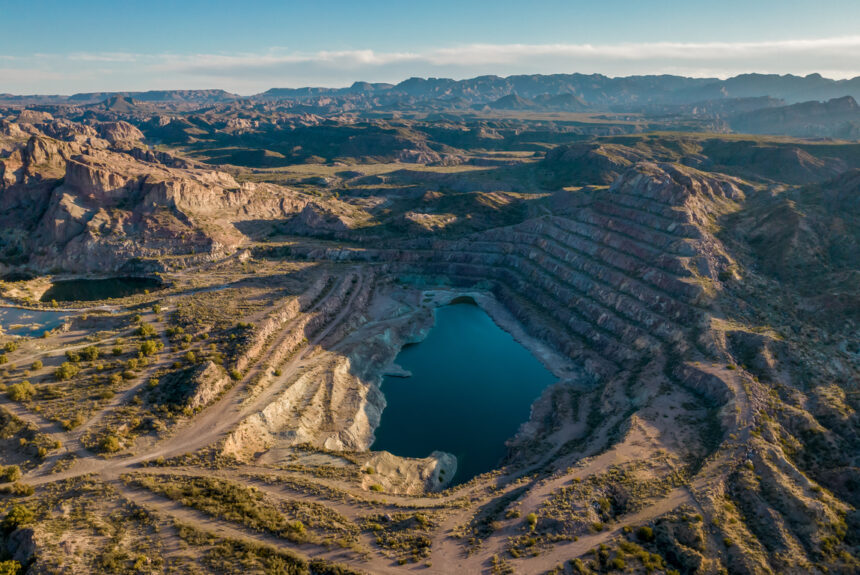Carbon dioxide removal could potentially provide an effective tool to lower emissions without hamstringing economic growth. With the backing of private firms and the federal government, innovative companies are creating new technologies to pull carbon dioxide from the atmosphere. with the backing of private firms and the federal government. One new player in the space is Aquarry, which wants to use retired pit mines for carbon storage.
>>>READ: Investments in Carbon Dioxide Removal are Yielding Innovative Results
Pit mines are created when commercially useful minerals and rock are removed from the earth, resulting in a large open pit. When these mines are no longer financially valuable, they are typically left to fill up with rain and groundwater, resulting in large man-made lakes. There is not much information on exactly how many pit mine lakes exist in the United States, but the U.S. Government Accountability Office estimates that there are 22,500 abandoned hardrock mine features, either pit or tunnel, on federal land alone.
“Water quality is often poor, and without treatment these systems pose a threat to communities and wildlife,” explains Aquarry. “We use these degraded water bodies to capture up to tens of millions of tons of CO2 [carbon dioxide] per site—as beneficial an end use as there’s ever been. With thousands of sites globally the potential impact is huge.”
Aquarry uses a technique called pit lake alkalinity enhancement. This process is similar to ocean alkalinity enhancement, where alkaline substances are added to seawater to help dissolve carbon. However, using this technology in a pit instead of the open ocean is easier to monitor, producing measurable results with fewer environmental risks.
The company will also use enhanced rock weathering, which simply speeds up a natural carbon sequestration process. When rocks are worn down by weather like rain, they release minerals that react with atmospheric carbon dioxide. Together, they create new compounds like limestone, trapping the carbon in rock. Naturally, this process can take millions of years, but enhanced weathering speeds it up by either grinding rock or adding chemical catalysts.
>>>READ: Graphyte: The Biomass Carbon Removal Solution on Everyone’s Radar
The company’s outside-the-box thinking has attracted early climate investors like Milkywire and Evergreen. Aquarry is also actively seeking inquiries from mining companies interested in making their retired pit mines carbon storage facilities.
Investors believe that Aquarry could potentially lower the cost of carbon removal at scale. While some larger-scale demonstrations have been planned, the startup is currently testing its solution in laboratories to confirm measurement and verification.
With the growing use of carbon capture and direct capture, the U.S. will likely be in need of more carbon storage capacity. Turning pit mine lakes into massive carbon storage facilities could be a great step forward.
Kelvey Vander Hart is a senior fellow at The Wilberforce Institute and a communications specialist at Reason Foundation.
The views and opinions expressed are those of the author’s and do not necessarily reflect the official policy or position of C3.
